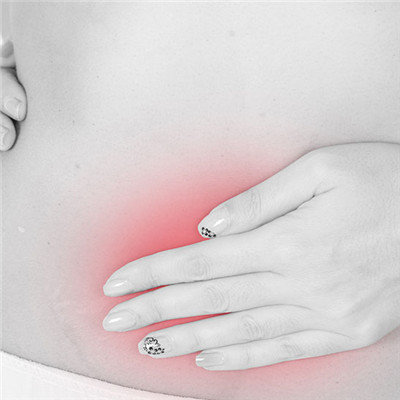Abdominal aortic aneurysm symptoms?
summary
Abdominal aortic aneurysm (AAA) is a kind of aneurysm like dilatation of the abdominal aorta, which is usually defined as aneurysm with a diameter increase of more than 50%. The ratio of male to female was 10:3, especially for smokers. Smoking also significantly increased the risk of aneurysm rupture. Most abdominal aortic aneurysms are below the level of renal artery. Abdominal aortic aneurysm symptoms? Let's talk about it
Abdominal aortic aneurysm symptoms?
Most of the patients have no symptoms and are often found by chance due to physical examination for other reasons. The typical abdominal aortic aneurysm is an expansive mass pulsating laterally and anteroposterior. Half of the patients have vascular murmurs. A small number of patients have compression symptoms, abdominal discomfort is common.

Pain is a common symptom before rupture, mostly in the umbilicus and upper abdomen. When the aneurysms invade the lumbar spine, there may be lumbosacral pain. If severe abdominal or lumbar pain occurs recently, it often indicates that the aneurysms are on the verge of rupture.

The patients with acute rupture presented with sudden severe pain in the back, accompanied by shock, and even died before admission. If it breaks into the retroperitoneum, the hemorrhage is limited to form hematoma, abdominal pain and hemorrhagic shock can last for several hours or days, but the hematoma may rupture into the peritoneal cavity again and die.

matters needing attention
High protein nutrition should be taken before operation, and blood pressure, pulse and wound bleeding should be observed after operation. If the cardiopulmonary function is good and there is no bleeding after the operation, the patient should be encouraged to get out of bed early. If the lung function is poor, encourage the patient to cough and exercise.












